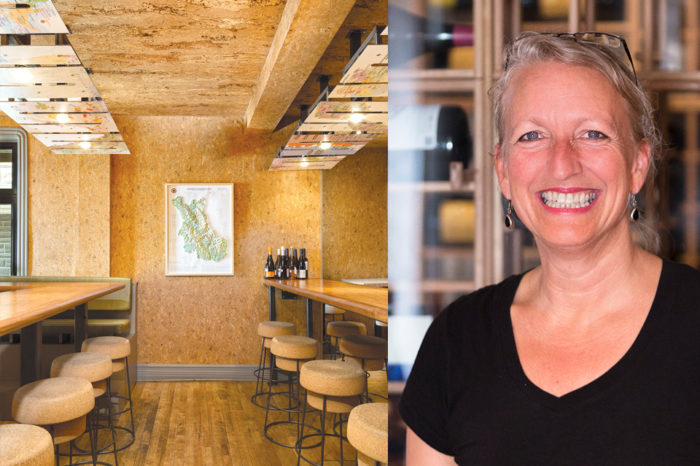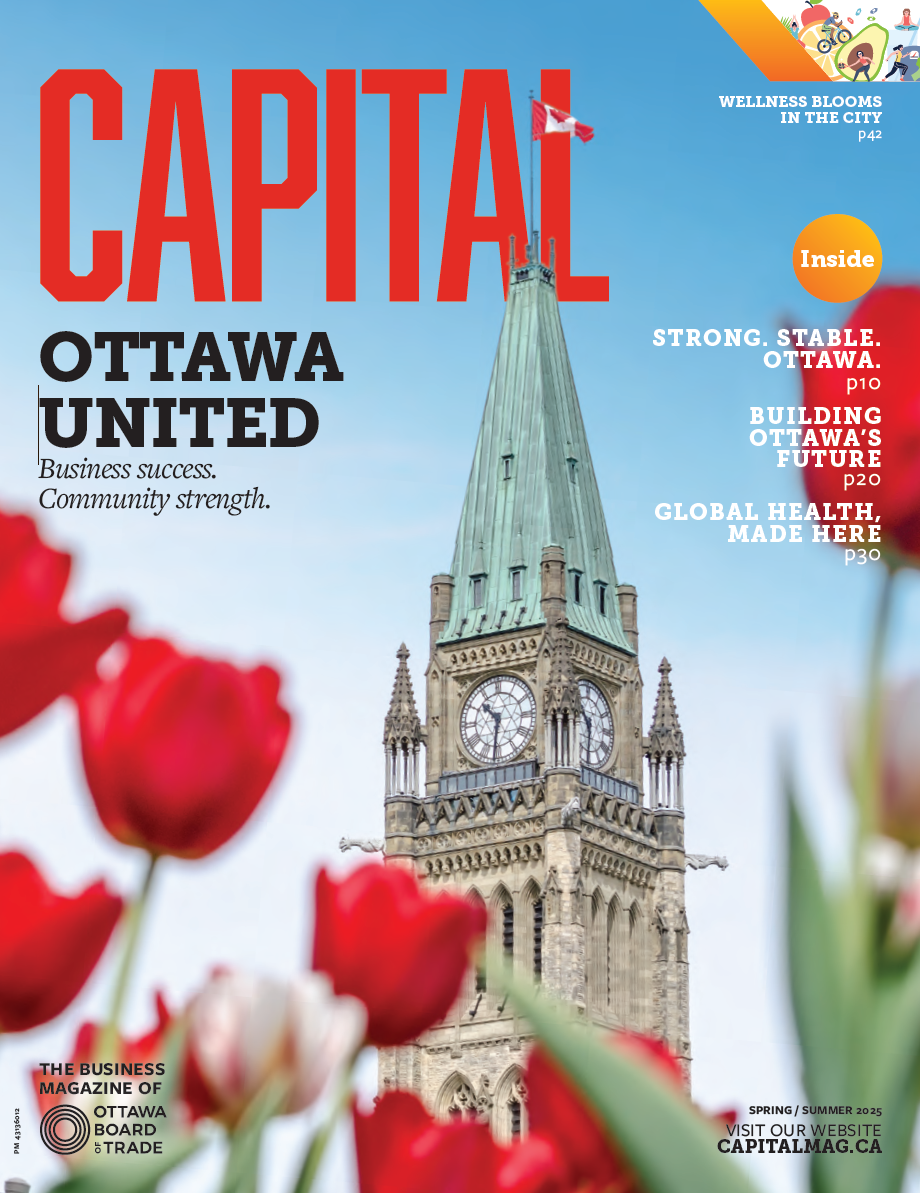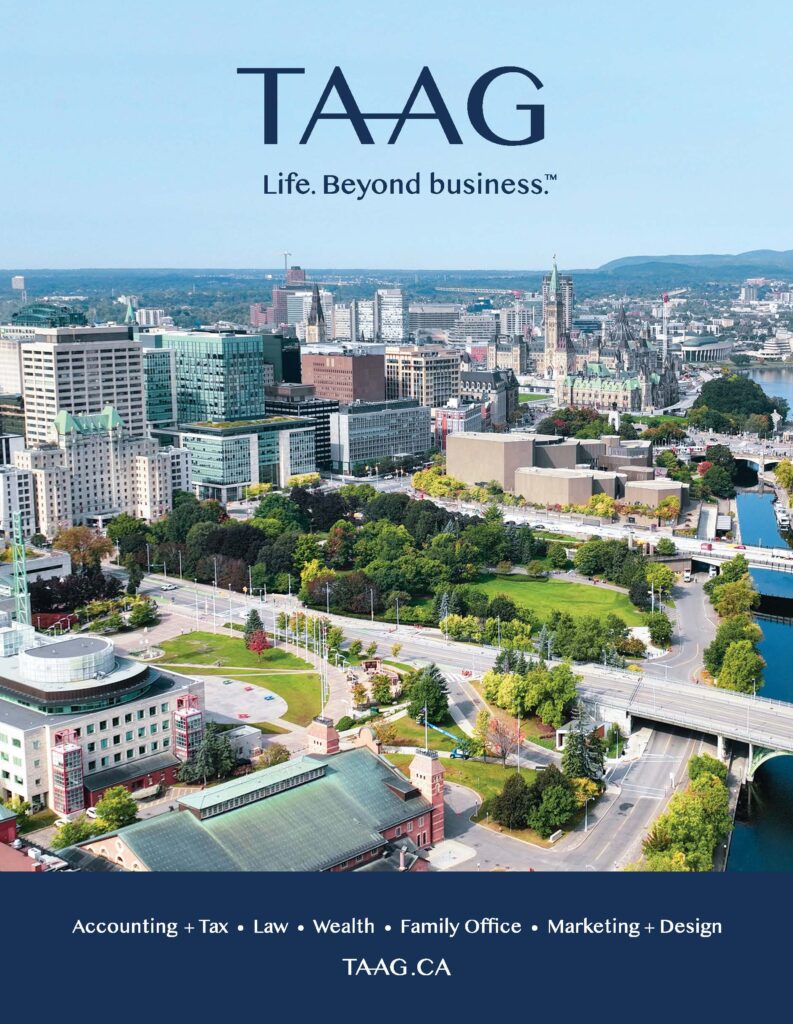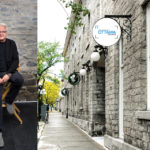Feature: Ottawa’s Ready for its Close-up
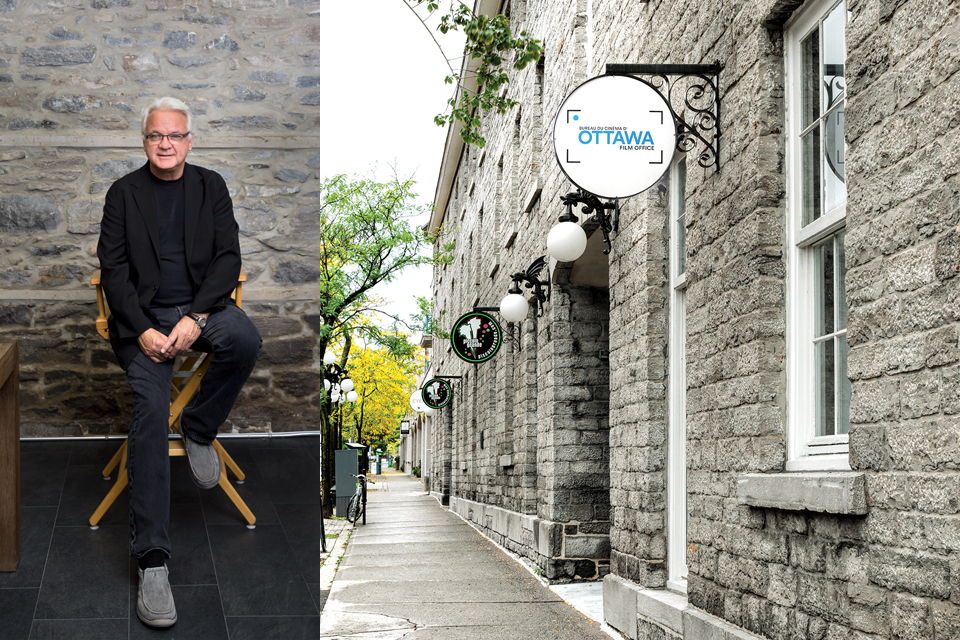
By Allison Whelan
NATIONALLY THE GDP OF CULTURE INDUSTRIES is much larger than the value added of agriculture, forestry, fishing and hunting ($29 billion); accommodation and food services ($38 billion); and utilities ($43 billion), according to a 2016 Hill Strategies study based on Statistics Canada research. A city that reflects a multifaceted perspective through the arts leads to cultural development. Just returned from an economic mission to Los Angeles and Seattle, Ottawa Mayor Jim Watson confirmed that the film and TV production industry represents a great area of growth for our local economy.
Why, then, do residents do more than a double-take when they see a film crew operating in their neighbourhood? In the digital age we’re used to being on the receiving end of popular culture; it’s easy to forget that everyday people take great care in creating the stories that satisfy our daily “Netfix.”
Ottawa’s diverse environment allows home-town and international filmmakers a wide variety of live-action shooting locations. Landmark streets like Elgin, Somerset, Metcalfe and Gladstone, as well as the Byward Market, have all played roles as other cities over the years. The Diefenbunker in Carp has attracted international attention in the 21st century for its unique, creative space 75 feet underground. The former Emergency Government Headquarters (now host to zombie adventures and Canadian whisky tastings) was featured in the 2001 thriller The Sum of All Fear, Two Lovers and a Bear (2016) and more recently, local special effects company Glitch Inc. worked on the Neill Blomkamp short, Zygote (2017), starring Dakota Fanning.
Location scouts are drawn to the convenience of being able to shoot everything from a February blizzard at the Experimental Farm to the beach at Petrie Island during the dog days of summer; Hallmark movies are shot here. Research shows filmmaking is important for tourism, too. “By seeing a physical space you connect to a storyline, to the city where you feel it’s a reality,” explains Ottawa Film Commissioner Bruce Harvey.
Choose any profession and Harvey will tell you how it translates to work in film and television. Just watch the credits roll at the end of your favourite show to see a list of positions. He uses the example of an electrician who can gain a unique learning experience by working alongside other talented individuals, like a cinematographer or sound technician. Having an inside understanding of the way things work on set can lead to new opportunities in the business (not to mention good dinner-table conversation).
The capital has attracted Hollywood due to the low cost of production. Zed Filmworks produced several features in the Ottawa area with big names attached. The Blackcoat’s Daughter (2017), which premiered at TIFF and starred Emma Roberts, was shot in Kemptville. Netflix thriller I Am the Pretty Thing That Lives in the House (2016) was filmed entirely in Eastern Ontario including a warehouse on Innes and St. Laurent, while Algonquin College stood in for Jennifer Lawrence’s high school in House at the End of the Street (2012).
The Ottawa Film Office brings film and television production to the region and supports the growth and development of the local industry. They provide location support, film permitting, production attraction and development, as well as maintaining crucial links with industry and government. With the recent appointment of 12 new members to the board of directors, Harvey created his dream team of area experts and sees a bright future in spite of some challenges.
Ottawa is sandwiched by the booming cultural industries of Toronto and Montreal and it can be difficult to make a living in the arts here without leaving town. An incredible amount of labour goes into content creation and local professionals need the crucial resources that their counterparts in other cities have. Sudbury has become a film hot-spot over the last five years with more than 90 projects filmed on location. Support from multiple levels of government and industry has given them a foothold to launch themselves from. Harvey envisions having a soundstage in Ottawa with studio tours and more. “It’s important to dream big if you want to grow as a civilization and develop as a community.”
Support and co-operation from the different governing bodies that make up the National Capital Region will be essential to move forward. Producers can lose tax credits if they hire a professional from another province, and this blocks the deeply inter-connected regions from benefiting from collaboration. Channels need to be opened between Ontario and Quebec. “The river isn’t a wall. We have to find ways of changing government policy that makes this work better,” explains Harvey. “We need to ask, what do we need to do to get there, and do it in a way that’s responsible and effective.”
In 2017, the Ottawa Film Office is in a good place but it’s moving onward, upward. “We’re trying to build a better community. If your neighbours work in the arts, it’s a better feeling. Our thinkers spread throughout the whole city. Art creates culture.”
World Class Animation
Animation in the capital is a slightly different story. Every September, the Ottawa International Animation Festival is attended by thousands. The city becomes a hub for major studios, agencies, and artists, as well as throngs of animation students from all over the world, seeking the latest offerings by a diverse array of filmmakers. It’s a short and sweet burst of cultural energy.
A very familiar name associated with the local workforce is Disney’s Mickey Mouse. The short-format series is made at Mercury Filmworks, where grads of Algonquin’s animation program have produced award-winning content and spin-offs of Disney’s Tangled and The Lion King. The famous Kratt Brothers opened a world-class animation studio in Kanata for WildKratts, while Jam Filled started out in a Manotick attic and grew into a multi-production company in Ottawa and Toronto. A teaser trailer for the latter’s latest project was released at New York Comic Con 2017, a space saga by Olan Rogers produced by Conan O’Brien’s Conaco for TBS.
An estimated 1000 animators currently work in and around the city. “If you look at major animated work, there’s always an Ottawa connection,” says Harvey. This connection links back to the formation of the National Film Board in 1939, and animation pioneers like Norman McLaren and Ottawa’s own Evelyn Lambart, Canada’s first female animator. But as with the film and TV industries, local resources are essential for current and future generations of culture-content creators to survive professionally. Then they can thrive.
Ottawa International Animation Festival 2017: Weird, Wonderful and World Famous
Some of the biggest names in film and TV had their eyes on this year’s Ottawa International Animation Festival. The 2017 OIAF received a total of 1992 entries, selected 105 short films and five feature films from 85 different countries. The animation world is a multicultural and inclusive community with a massive variety of stories to tell. “I’m focused on the unsung voices … the stuff that challenges people’s perception of animation, pushes the boundaries and takes more personal risks,” says Artistic Director Chris Robinson. He’s refined his selection process over the last 26 years to create thoughtful and effective film playlists for each short competition, the ultimate mixtape of the best of quirky, cutting-edge animated filmmaking that attracts tens of thousands of visitors from all over the world.
The festival hosts many interactive activities, from a synesthetic pub-crawl to a perception-expanding virtual reality exhibit. The latter allowed attendees to experience innovative animation through Oculus Rift technology. Emmy-winning Dear Angelica (Saschka Unseld, 2017) allows the individual user to dissolve into a spectacular alternate reality, while Academy Award nominee Theodor Ushev’s Blind Vaysha creates a thought-provoking visual dilemma.
Youth are encouraged to get involved and think critically about cartoons. Robinson emphasizes the importance of nurturing and inspiring future artists with activities like Family Day at the festival, showing kids how to make their own GIFs, and the Young Audience Competition.
The Nelvana Grand Prize for Independent Short went to Nikita Diakur’s Ugly, a simulated short film about two beings trying to find peace in a dystopian neighbourhood. The Grand Prize for Features went to the surrealist romantic comedy The Night Is Short, Walk on Girl, directed by Masaaki Yuasa, who made OIAF history by becoming the first filmmaker to have two nominations in the features category. This is a world-class festival not to be missed. Stay tuned for OIAF 2018!
Jam Session: Music City Ottawa
By Joseph Mathieu
There’s a new band in town, playing a different kind of tune. And although the Ottawa Music Industries Coalition doesn’t exactly roll off the tongue, its acronym OMIC is on many lips lately.
“As Ottawa competes nationally and internationally for tourists, events, and talent—not to mention things like Amazon HQ2—the status of its creative industries needs to take centre stage,” says Andrew Vincent, OMIC’s executive director.
To help Ottawa bolster these industries, the coalition has assembled a task force of industry professionals who say music will be essential to Ottawa’s emerging identity as a world-class city. It includes local musicians, promoters, and industry leaders and it will submit a list of recommendations to the City of Ottawa in early 2018.
“Ottawa really is on the map as a music city, certainly with agents, promoters and generally those in the back-end music business,” says Robin Moir of Musicians’ Association Local 180, one of the task force members. The goal, she says, is to develop the infrastructure to help artists and entrepreneurs build their careers here. “The task force would like to attract music publishers, record companies, recording studios, and promoters.” Ottawa has long been a hotbed of musical talent but with more support and less red tape, the creative industries will thrive and even help other industries, from festivals to film to food.
“The more you nurture and encourage anything, the more it grows,” says Dave O’Malley, creative director and president of Aerographics Creative Services. He says new musicians have developed their skills thanks to programs like Be in the Band and the Bluesfest School of Music and Art. O’Malley designs thematic posters for Ottawa music festivals and logos for studios and bands. He’s always happy, he says, to help “people who think creatively.” “People want to live in and visit cities that offer a diversity of interesting, exciting and enriching experiences,” says Vincent. OMIC is hatching the plan to make more of those happen.
Poster design by Dave O’Malley, Aerographics


